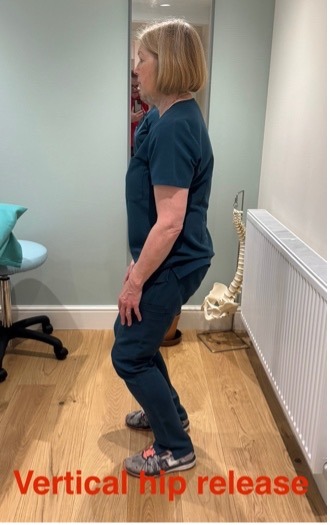New year resolutions are many and various – so good and some bad.
In my world I often see people when they’ve injured themselves trying out a new activity, hobby, or new challenge in an attempt to get fit -trying a HIIT class for the first time, or running a marathon when they haven’t run before, or even taking up activities that are new to them such as Archery, or even wanting to move house so decorating the house before it goes on the market etc.
We, like the rest of the animal kingdom are creatures of habit in our daily life, often using repetitive movements which both our central nervous system and our muscle and joints systems have become accustomed to.
However when we undertake new challenges the body may not have the best suited nervous system connections, muscular preparedness, joint function for the tasks needed and often poor breathing patterns.
Why is this important?
Well, if one or some of these things aren’t right, then it may lead to pain and suffering. Not least it makes the journey of reaching that goal less enjoyable.
When undertaking any challenge the body can be likened to a box. Each indviduals size and capacity of their box is different. If that size and capacity is too small for the challenge you want to undertake then your risk of injury is much higher.
How we move is often an important key in helping achieve our challenge. So for example in the West, many of us are very poor at squatting, whereas in many parts of Asia this is a commonly used movement pattern.
It’s not that we in the West don’t have the movement, most people do, but the brain’s interpretation of how we do this is often flawed.
So what skills are needed to squat:
Weightbearing through the middle of the feet and not in the heels.
Similarly having both hips and knees bending in fairly equal measure.
The movement when squatting is essentially a downwards movement and not a backwards movement.
However all too often it is interpreted as a movement almost exclusively from the knees which puts the knees under too much load and very little hip movement.
Or it may look like the movement is a backwards movement as the person may not move down but instead drive the hips backwards.
Why is this important……we need this movement for walking running, exercise classes, gardening getting in and out of a chair etc. So have a play with this:
Let’s try the Vertical Hip Release

Then progress this to a Natural Squat:

Let us know how you get on….. more on movement pattern next month.
Blog by Jane Morris. If you’d like to book an appointment today, please contact us.


